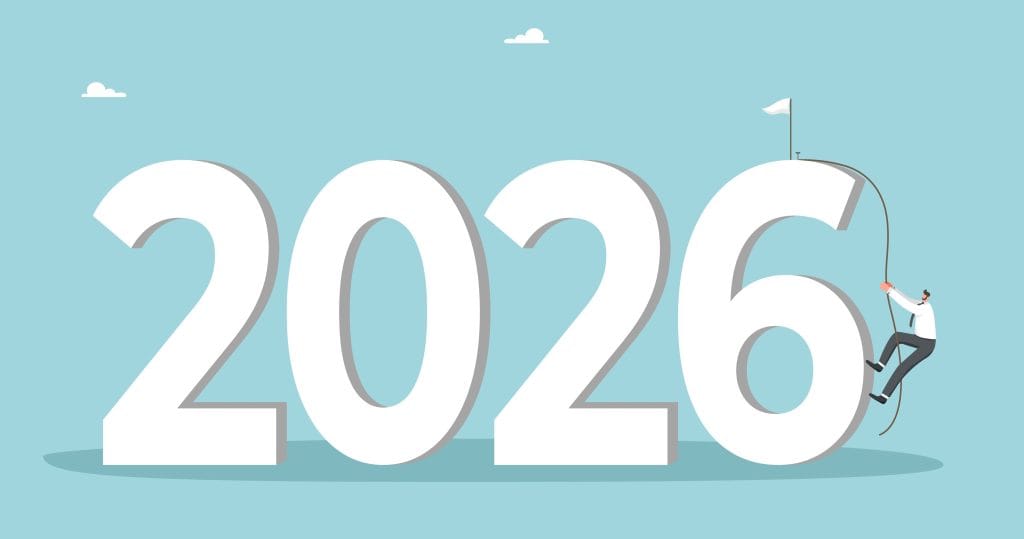Last updated on November 27th, 2025 at 03:53 pm
 Want your schedule to be more productive? Fewer cancelations, fewer gaps, no more days running around only to find out you didn’t have any valuable production to show for it?
Want your schedule to be more productive? Fewer cancelations, fewer gaps, no more days running around only to find out you didn’t have any valuable production to show for it?
There’s a lot that you can do to make your schedule more efficient—in terms of where you put patients, how you stagger your schedule, policies, etc—and we cover all that on our on-demand team training platform, DDS Success.
In this blog post, I want to focus on two important things to help you gain better control of your schedule, get patients scheduled, and get them to show up.
Who is responsible for your schedule?
Here’s the biggest problem I see with many practices: they’ve got a few people up front and everybody has a hand in the schedule. There’s no one person that is primarily focused on the schedule and taking responsibility for it.
If you have three cooks all making one soup, popping in and out at different times and trying to figure out which ingredients the other cooks have already added…it’s not going to end up being a very good soup. Same thing with your schedule.
(Related: Getting Control of Your Schedule: Can You Tell Patients What To Do?)
Every practice should have a Scheduling Coordinator—i.e. a full-time employee dedicated to running the schedule and getting your patients into the practice.
 And this person really would be solely focused on the schedule. I wouldn’t give them other duties like reception, insurance, billing, etc.
And this person really would be solely focused on the schedule. I wouldn’t give them other duties like reception, insurance, billing, etc.
The only possible exception to this would be a brand-new scratch practice in its first 90 days of opening.
And if you have a larger practice with multiple doctors and several hygienists, you may have two or more employees dedicated to the schedule (with their duties split between doctor schedule and hygiene schedule).
Running the schedule and keeping the patient base active is a big job. When you look at the average practice’s patient base, you’ll see a ton of inactive and overdue patients. And when you look through these inactive charts, you’ll find that the majority of them didn’t move out of town or get a new dentist, they just fell off the schedule and were never gotten back in.
So this huge amount of patient attrition is not just a fact of doing business, it’s a failing in your practice management systems.
There was just nobody in the office with the duty and the time to do that duty of handling the schedule, reactivating patients, following up, and ensuring they show up.
Look at the whole process from start to finish
Having a productive schedule is the culmination of many functions in your dental office all working together smoothly.
(Related: A “Full” Schedule is Not Always a Productive Schedule)
So when someone’s schedule is a mess and they aren’t seeing enough valuable production, I look at a number of things:
- How welcoming are the staff?
- How are phone calls being handled?
- How are patients being scheduled?
- What is actually being said to patients when scheduling and confirming them? (Sometimes I find staff inadvertently suggesting it’s okay to cancel an appointment or that the treatment isn’t necessary.)
- What is the confirmation policy?
- Is there a balance of productive procedures as well as opportunities to present treatment on the schedule?
- Is there enough time allowed for thorough treatment presentations and consultations?
- Are solid financial arrangements being made prior to scheduling the patient?
- What type of follow-up is being done if a patient doesn’t complete their treatment plan?
- What type of follow-up is being done if a patient misses their recall visit?
- Are efforts being made regularly to reactivate old inactive patients?
- How are you solving holes in the schedule—are you adding patients onto the schedule or just pulling patients up that were supposed to be in a week or two later? (Doing this too much cannibalizes your future production and obscures the fact that you are losing patients.)
This is not necessarily a comprehensive list, but it gives you an idea of how you need to look at the bigger picture when trying to fix your schedule.
A highly productive schedule is the result of all your practice management systems working well. It means new patient acquisition, case acceptance, financial arrangements, patient communication, recall, and confirmations are all being done well, and your team is well-coordinated.
(Related: Running Behind Schedule? Here’s How to Fix It!)
If you’d like help diagnosing exactly where you’re going wrong in that process, request a free consultation. We’d be happy to do a practice assessment with you to figure out where you can improve.
I hope these tips helped, and if you have any questions for me, you can reach me at ChrisM@mgeonline.com.
Chris Menkhaus provides this general dental practice management advice to furnish you with suggestions of actions that have been shown to have potential to help you improve your practice. Neither MGE nor Mr. Menkhaus may be held liable for adverse actions resulting from your implementation of these suggestions, which are provided only as examples of topics covered by the MGE program.



I love this advice and solutions you are able to provide to us still learning the dental practice.